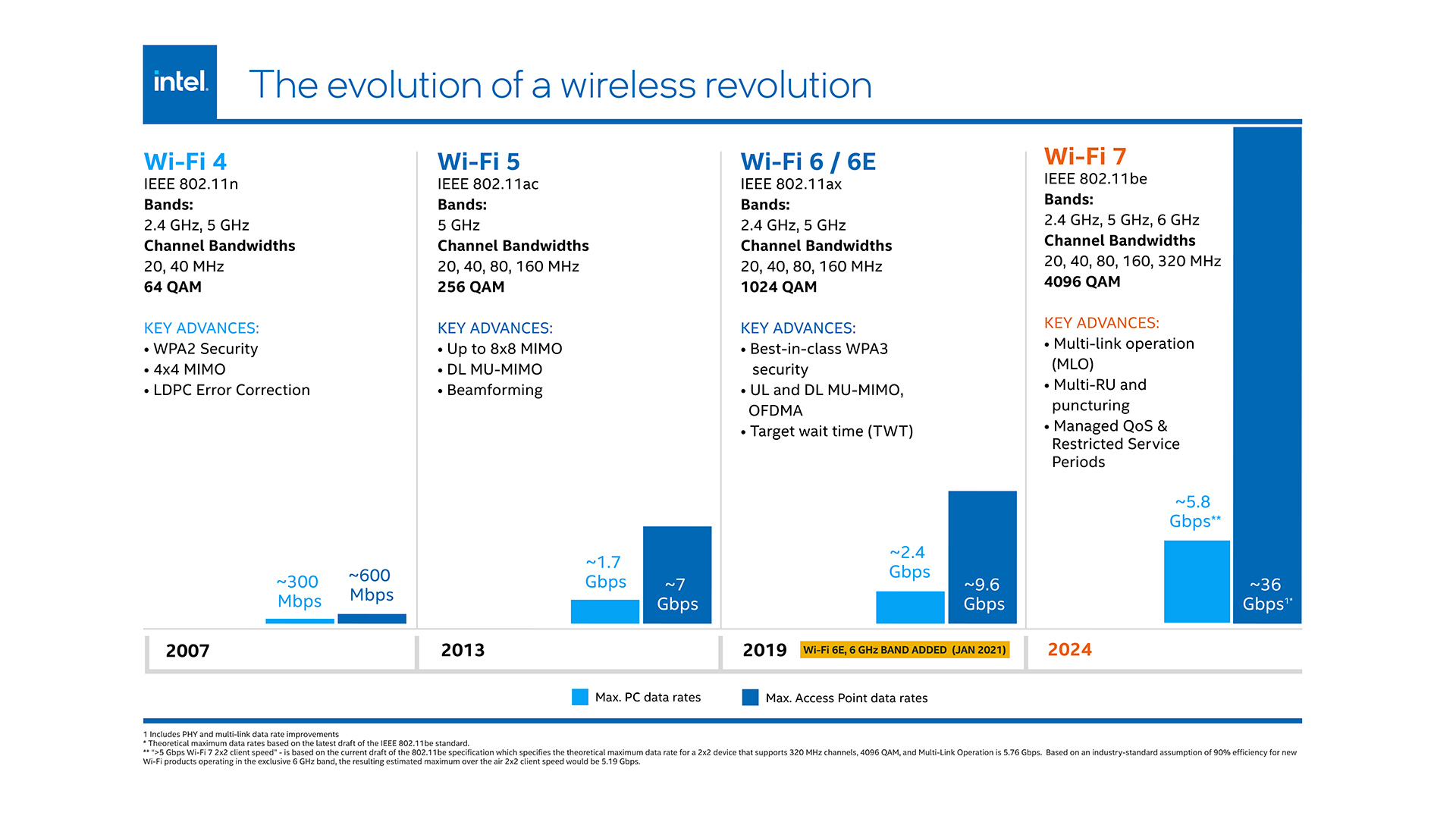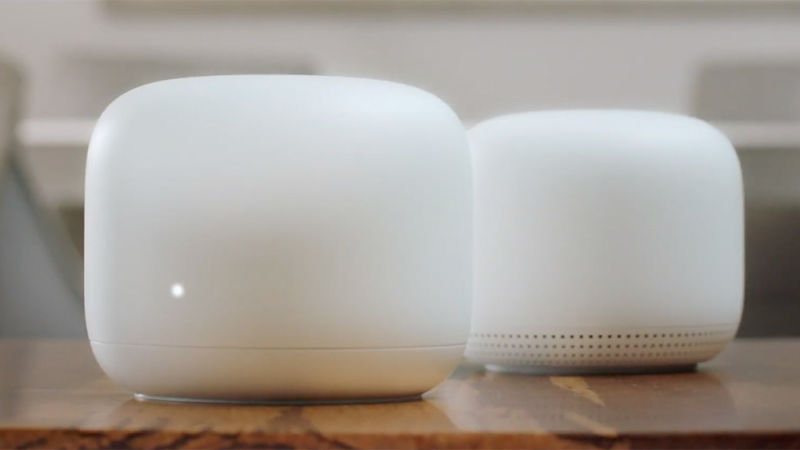-
 chevron_right
chevron_right
Wi-Fi 7’s theoretical speeds make your Internet connection seem even more sad
news.movim.eu / ArsTechnica · Monday, 8 January - 20:47 · 1 minute

Enlarge / The tilt of the numerical right-most block may not accurately reflect the degree to which we, collectively, are upgraded to Wi-Fi 7 at this stage. (credit: Getty Images)
Wi-Fi 7 devices can now be certified by the Wi-Fi Alliance. The new standard can provide higher throughput, linked wireless bands for better stability, and reduced latency. It also can make people who skipped over Wi-Fi 6E feel like they made the smart move.
Wi-Fi 7 has already existed as a thing that expensive, new routers claimed to offer, but now it's a certification they can claim . Wi-Fi 7 devices can use 320 MHz of channel bandwidth, compared to the typical 160 MHz used by Wi-Fi 5, 6, and 6E gear. The new standard is the first to offer Multi-Link Operation, which can bond a connection across 2.4, 5, and 6 GHz connections, offering greater speed and more reliable connections when moving in and out of range of various bands.

Intel's explainer for what Wi-Fi 7 means, compared to prior generations. (credit: Intel)
As Intel puts it in its explainer , earlier Wi-Fi channels were like moving vans that could "only take one highway at a time and choose alternate routes if they run into traffic. However, Wi-Fi 7 semi-trucks will simultaneously operate across two highways to get more boxes to the destination more quickly."



